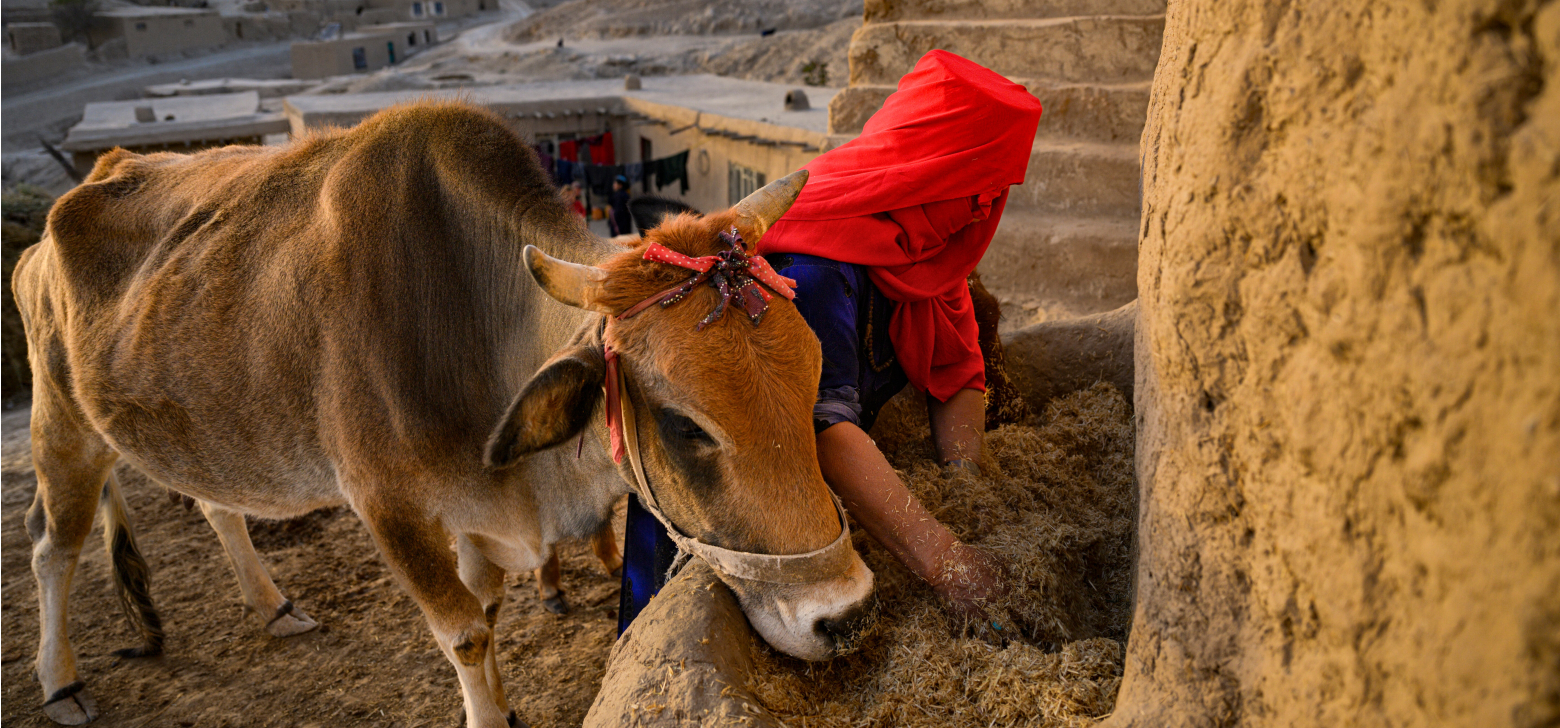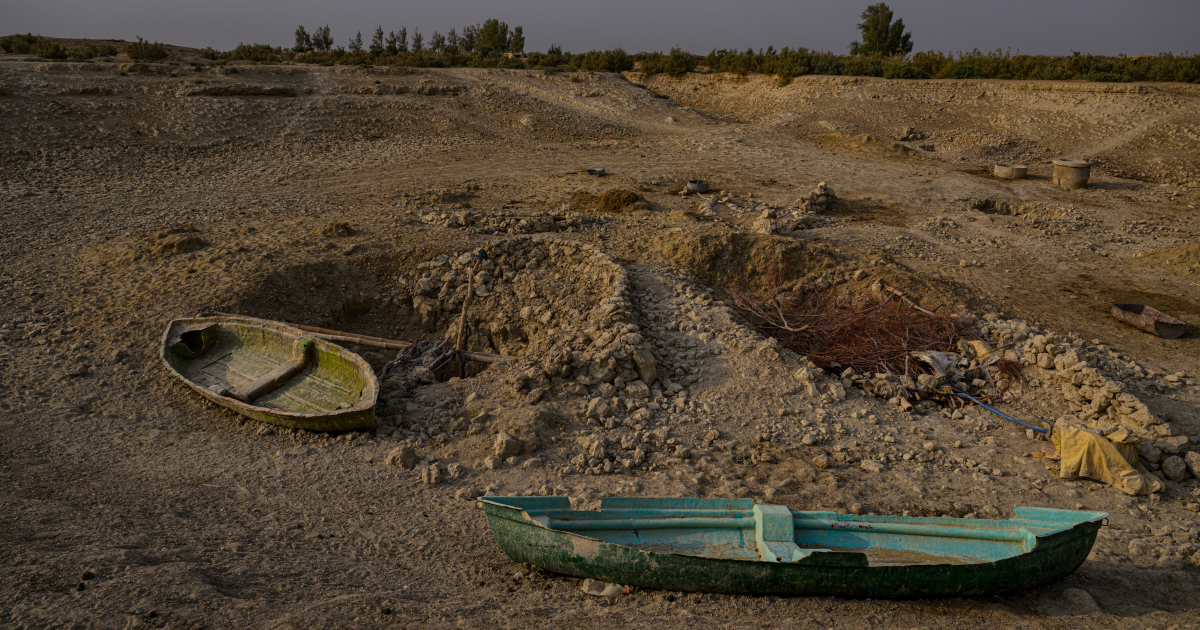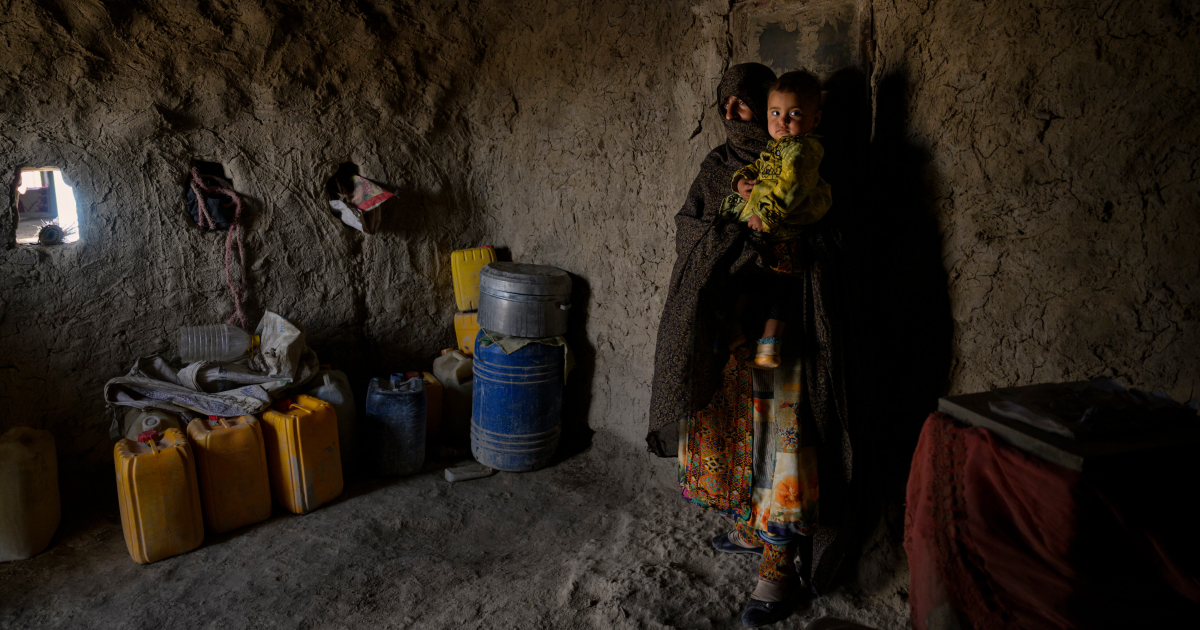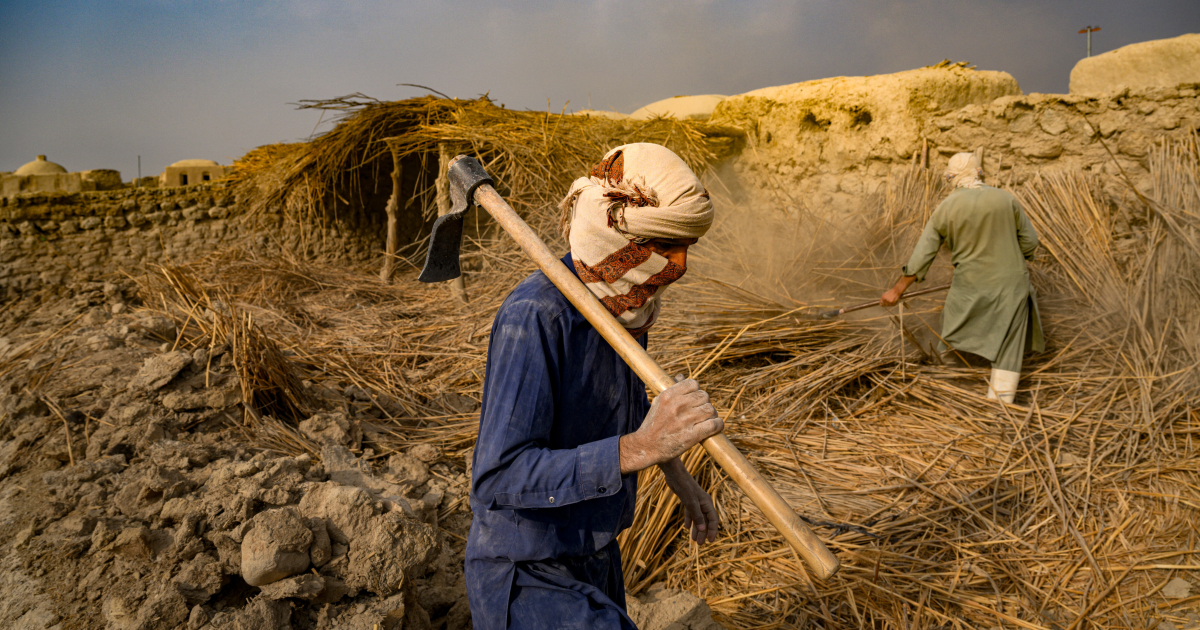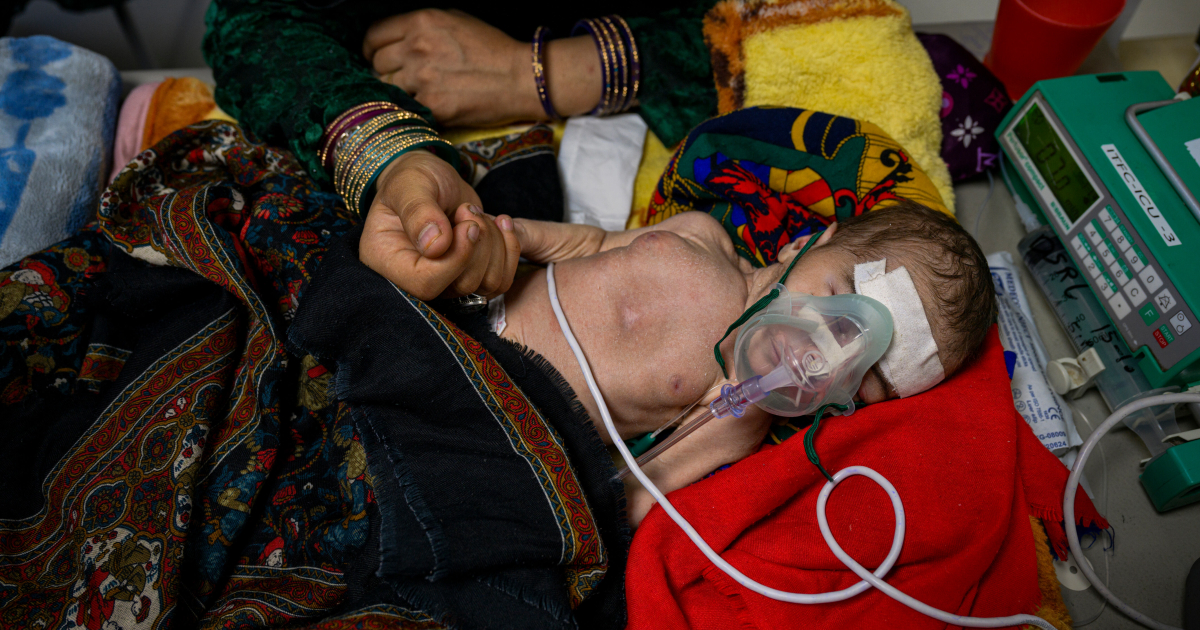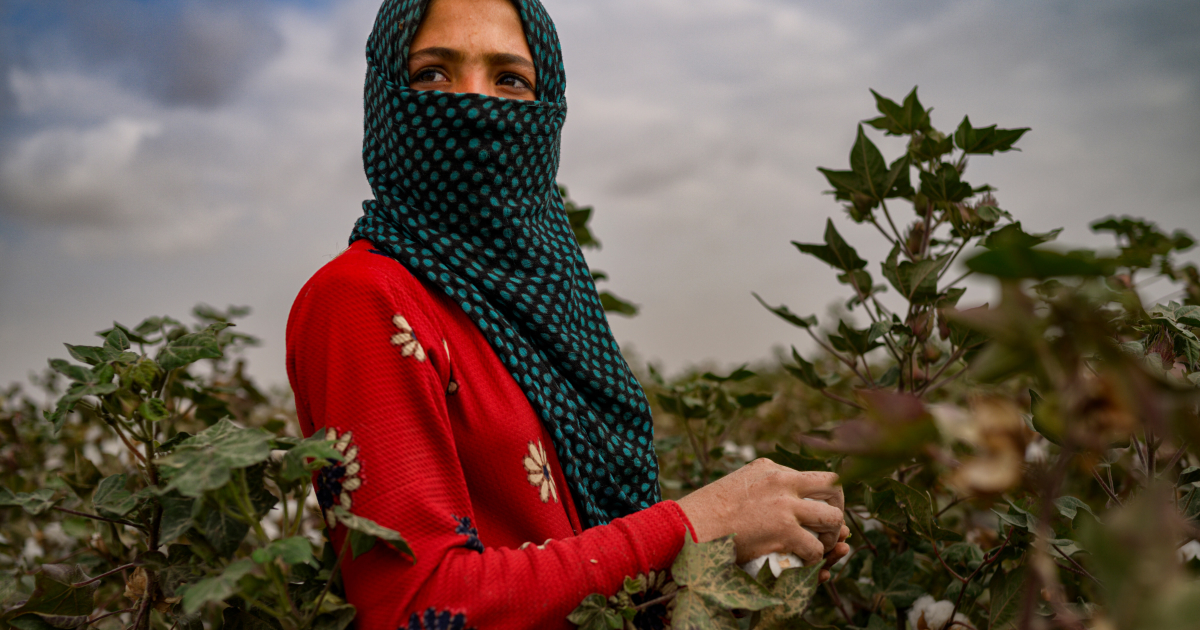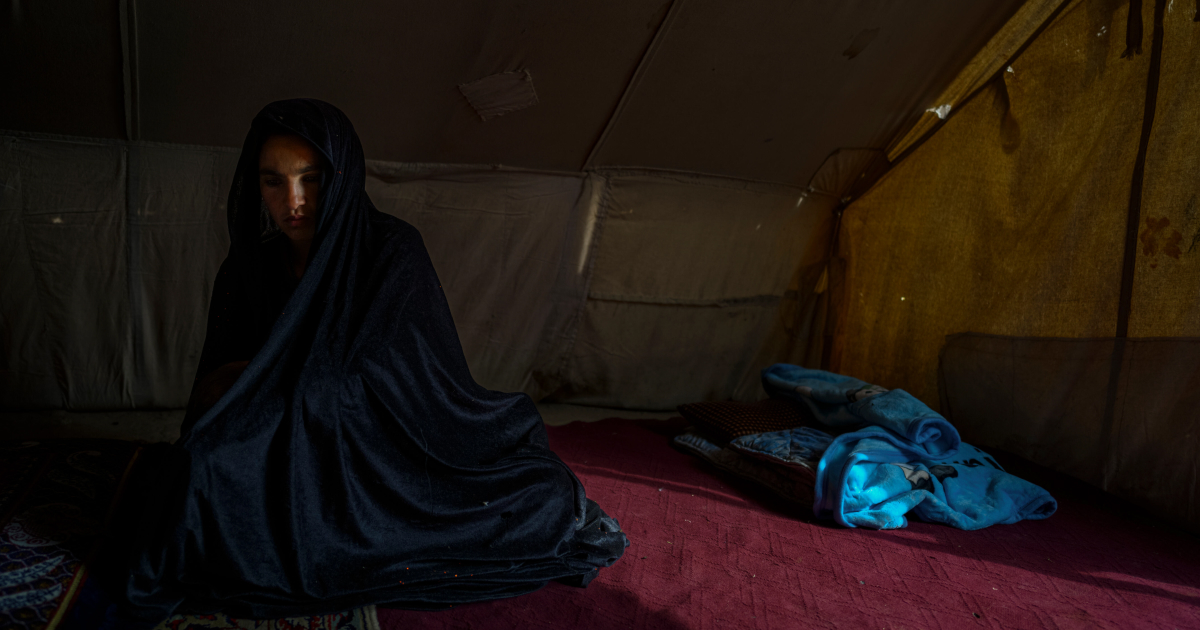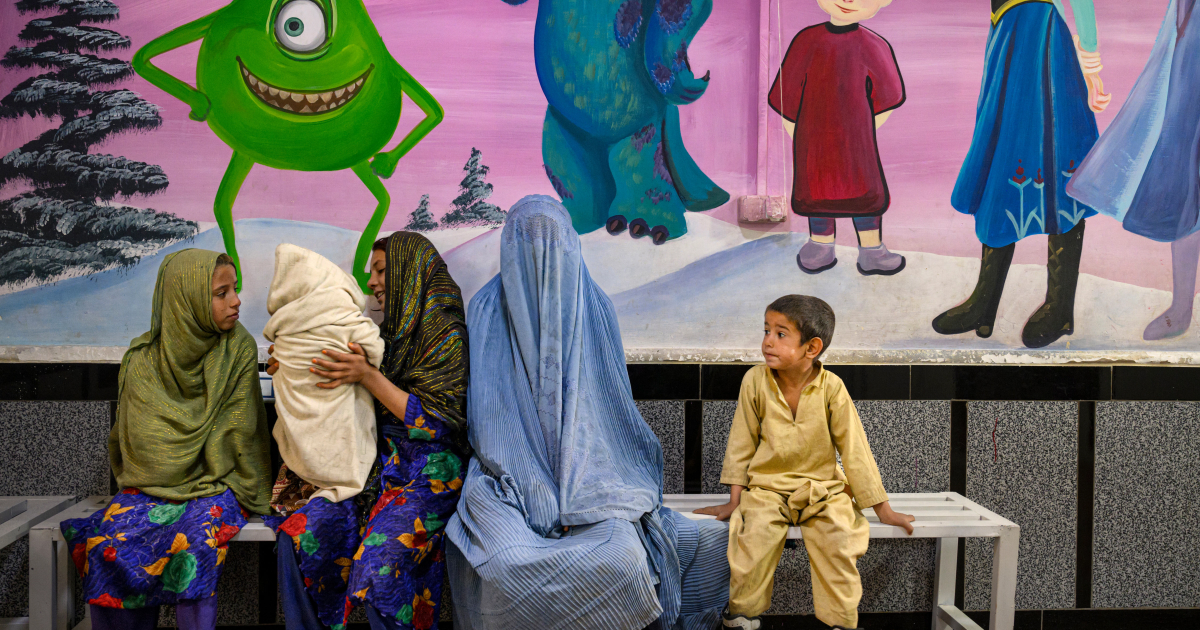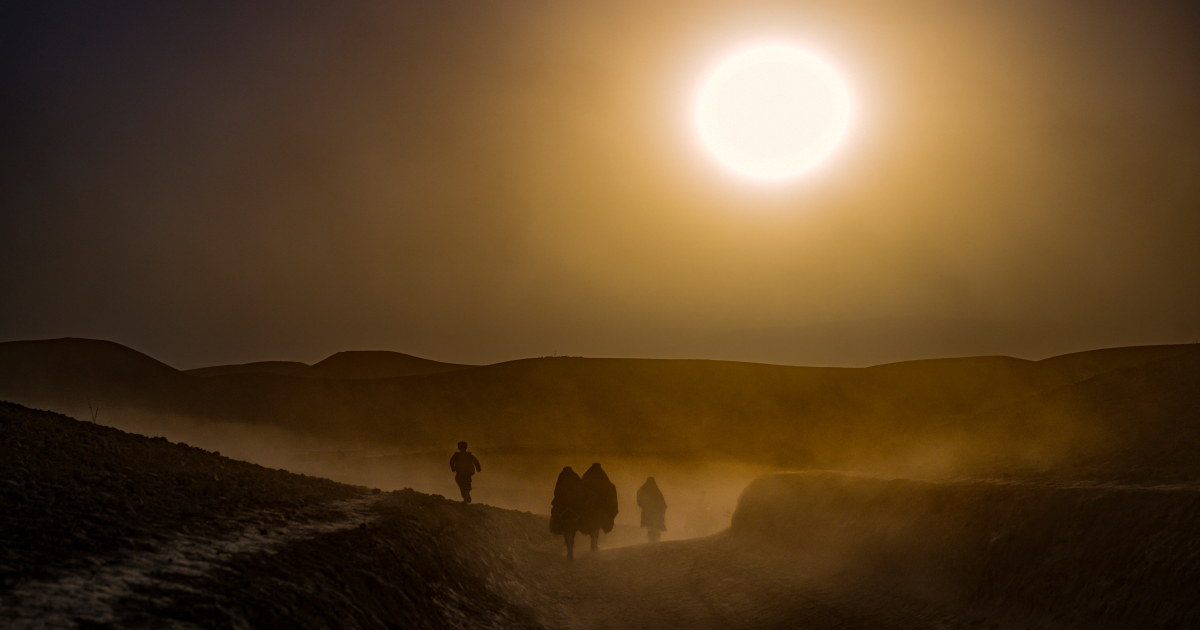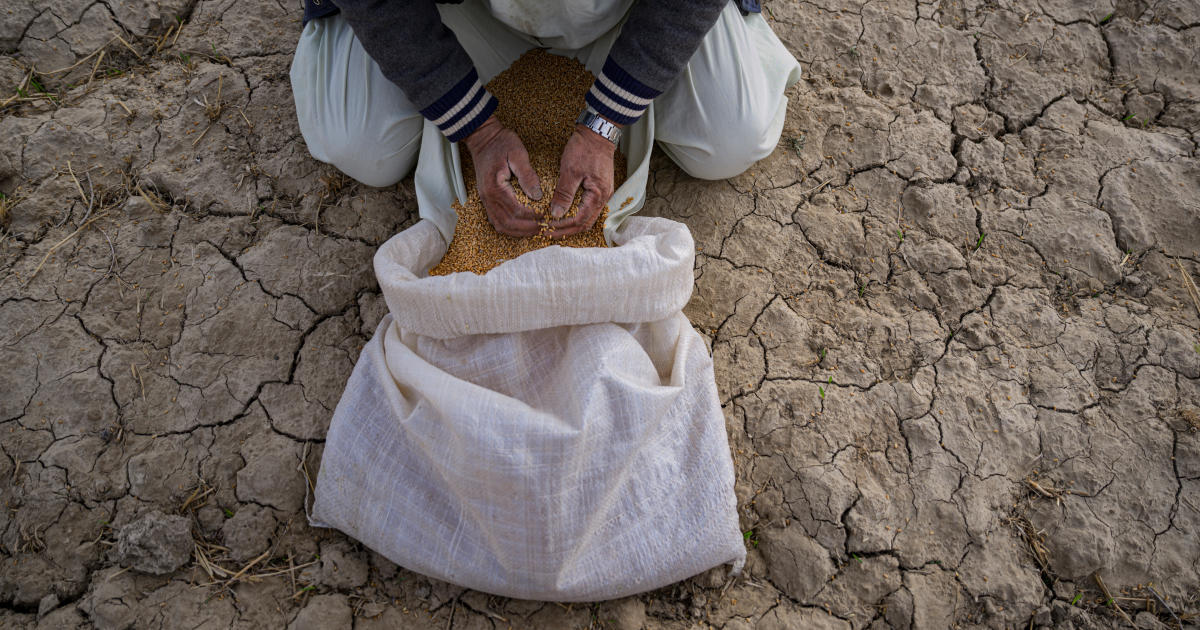From 2022 to 2024, The Climate Pledge and the National Geographic Society have supported 15 National Geographic Explorers to document the global climate crisis through visual storytelling, illuminating the world’s biggest challenges and identifying potential solutions to protect the planet and its most vulnerable communities. Among those communities: women and children, who are disproportionately affected by climate change events.
American photojournalist Lynsey Addario, one of five Explorers in the 2023 cohort, has traveled to the Darién Gap, the Amazon, Mexico, and Afghanistan to capture how the lives and livelihoods of women are under threat, from flooding and extreme drought to forced migration in search of water and fertile land. We recently talked with Addario about her project, how conflict has overshadowed the challenges and consequences of climate change in places such as Afghanistan, and what happens when the water finally dries up.
This interview has been edited for clarity.
American photojournalist Lynsey Addario, one of five Explorers in the 2023 cohort, has traveled to the Darién Gap, the Amazon, Mexico, and Afghanistan to capture how the lives and livelihoods of women are under threat, from flooding and extreme drought to forced migration in search of water and fertile land. We recently talked with Addario about her project, how conflict has overshadowed the challenges and consequences of climate change in places such as Afghanistan, and what happens when the water finally dries up.
This interview has been edited for clarity.
